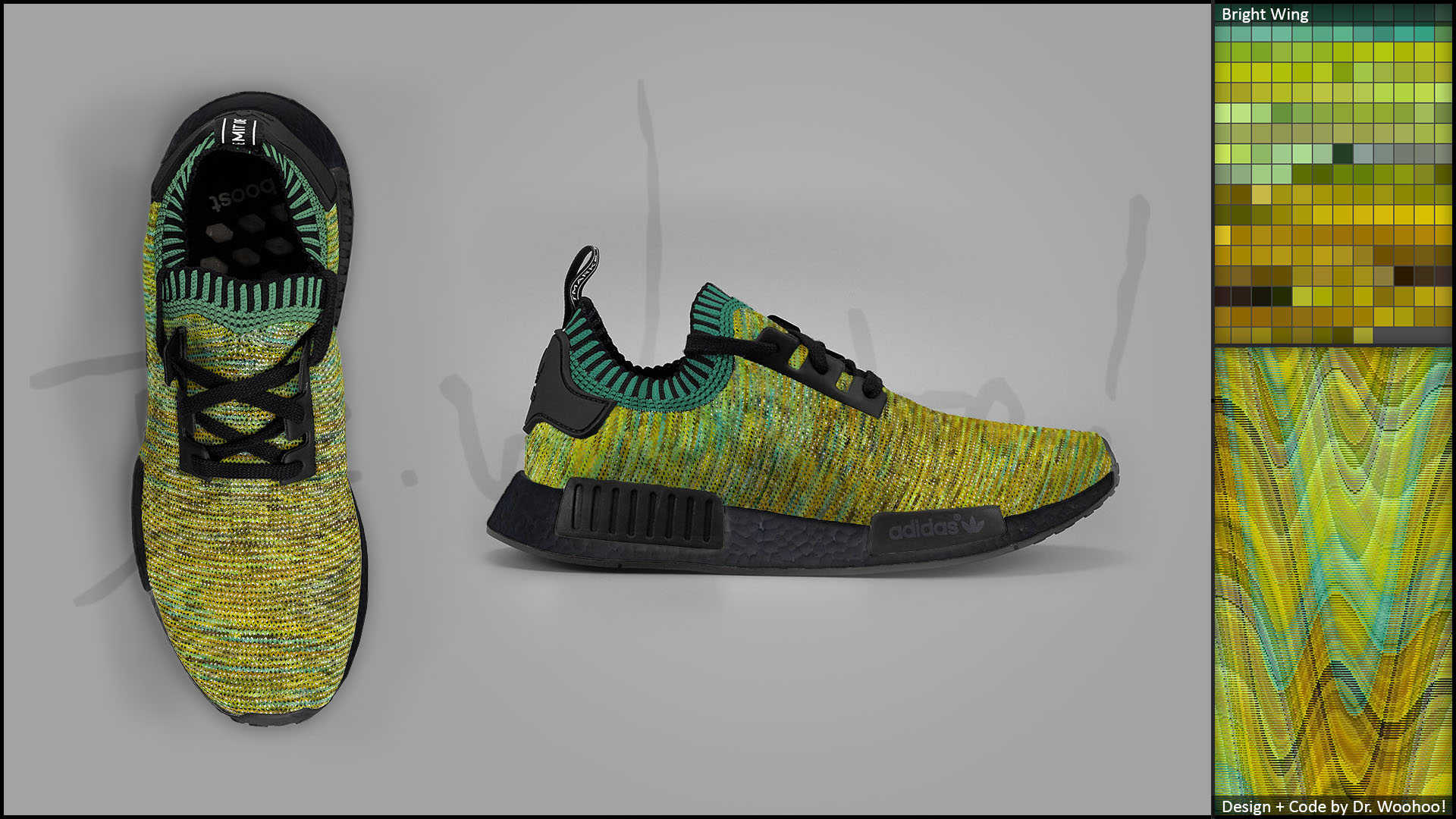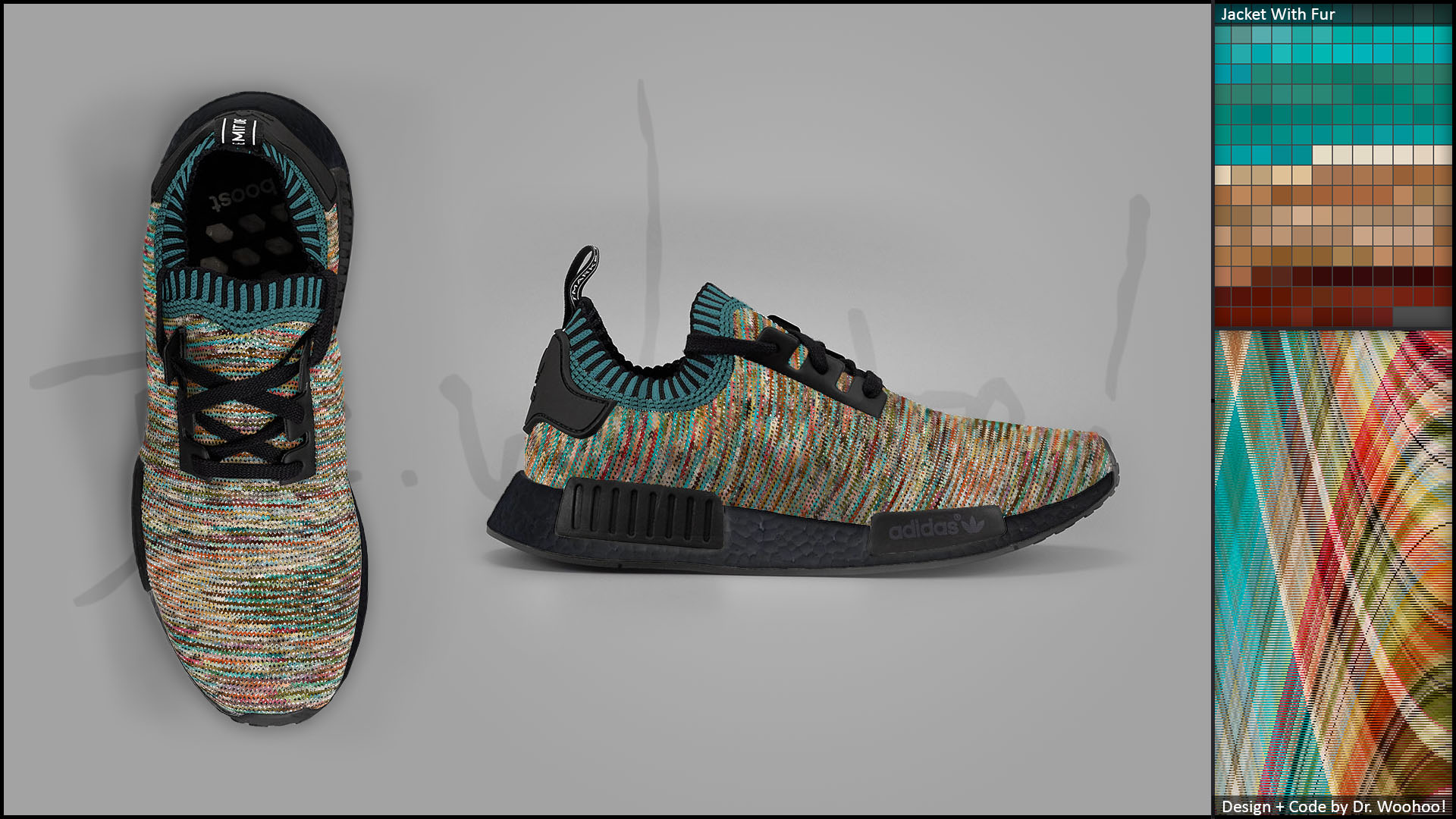Emma’s Variable Faces
/*
Emma Nicklas-Morris
Section B
enicklas@andrew.cmu.edu
Variable Faces
*/
var faceShapeX = 280;
var faceShapeY = 330;
var hairLen = 300;
var mouthW = 120;
var mouthH = 80;
var noseX1 = 215;
var noseY1 = 255;
var noseX2 = 240;
var noseY2 = 205;
var noseX3 = 265;
var noseY3 = 255;
let colors = ['blue', 'black', 'green', 'brown', 'grey'];
let color = 'black';
var bodyX = 200;
var bodyY = 400;
let bodColor = "red";
let bodColors = ['orange', 'yellow', 'navy', 'purple', 'pink'];
function setup() {
createCanvas(480, 640);
}
function draw() {
background("lightblue");
// Body
fill(bodColor);
ellipse(width/2, height - 50, bodyX, bodyY);
// Face shape
strokeWeight(0);
fill('#E0AC69');
ellipse(width / 2, width / 2, faceShapeX, faceShapeY);
var eyeLX = width / 2 - faceShapeX * 0.25;
var eyeRX = width / 2 + faceShapeX * 0.25;
// Mouth
fill('#E77471');
strokeWeight(1);
arc(width / 2, height/2, mouthW, mouthH, 0, PI);
// Nose
fill('#C58917');
strokeWeight(0);
triangle(noseX1, noseY1, noseX2, noseY2, noseX3, noseY1);
// White of eyes
strokeWeight(2);
fill('white');
ellipse(eyeLX, height/4, 50, 25);
ellipse(eyeRX, height/4, 50, 25);
// Pupils
fill(color);
ellipse(eyeLX, height/4, 20, 20);
ellipse(eyeRX, height/4, 20, 20);
// Hair
strokeWeight(0);
arc(300, 155, 250, 230, PI + QUARTER_PI, TWO_PI + QUARTER_PI);
arc(260, 200, 340, 290, PI, PI + HALF_PI, OPEN);
rect(360, 180, 65, hairLen);
rect(80, 140, 45, hairLen + 40);
}
function mousePressed() {
faceShapeX = random(230, 300);
faceShapeY = random(320, 370);
hairLen = random(100, 500);
mouthW = random(10, 100);
mouthH = random(10, 50);
noseX1 = random(210, 220);
noseY1 = random(250,260);
noseX2 = random(235, 245);
noseY2 = random(200, 210);
noseX3 = random(260, 270);
color = random(colors);
bodColor = random(bodColors);
bodyX = random(200, 300);
}
My process was to start with a hard coded face and then define variables and change them slightly. I think my final product is pretty good for someone who struggles with making illustrations AND faces. I struggled with trying to figure out how to change the hair more drastically as the facial shape changes than just changing the hair length.
![[OLD FALL 2019] 15-104 • Introduction to Computing for Creative Practice](../../../../wp-content/uploads/2020/08/stop-banner.png)



